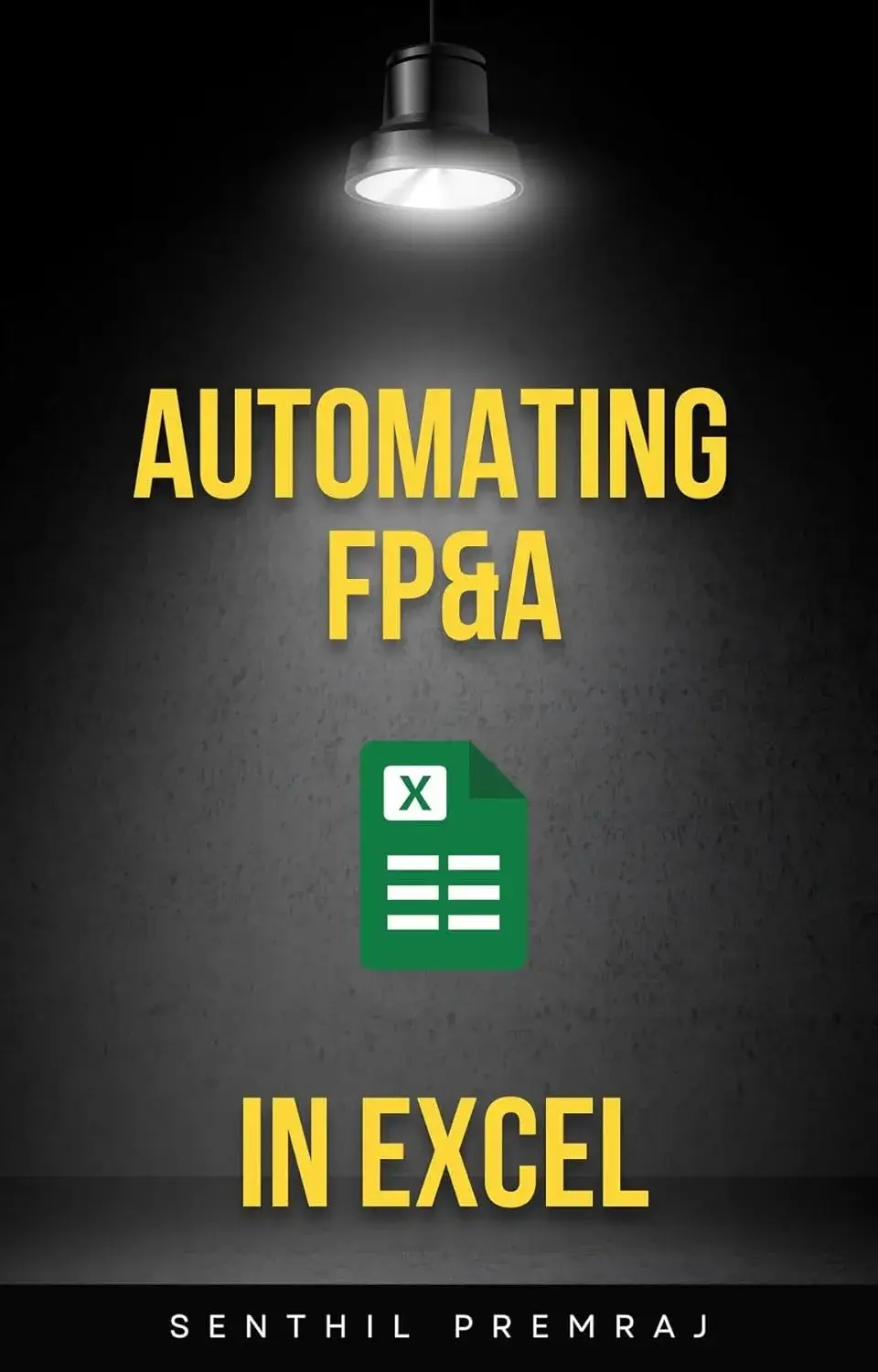Introduction
Month end financial reports in Excel – Free Templates help accountants and business owners prepare accurate financial statements quickly and efficiently. These reports summarize your business’s performance, liquidity, and profitability at the end of each month.
This guide provides a complete walkthrough on how to prepare month end financial reports in Excel — including three free downloadable templates:
- Profit & Loss (Income Statement)
- Balance Sheet Summary
- Cash Flow Statement
Each section explains what the report is, why it’s important, how to prepare it in Excel using formulas, and how to interpret the results. Finally, we’ll discuss how PivotXL can automate these reports to save hours of manual effort.
What Are Month-End Financial Reports in Excel?
Month-end financial reports summarize a company’s financial position and performance for a specific month. They typically include:
- Profit and Loss (P&L) Statement – Shows income, cost of sales, and operating expenses.
- Balance Sheet – Provides a snapshot of assets, liabilities, and equity.
- Cash Flow Statement – Tracks cash inflows and outflows.
- Budget vs Actuals Report – Compares planned vs achieved financial performance.
- Accounts Receivable & Payable Reports – Highlights outstanding invoices and bills.
These reports provide actionable insights for CFOs, accountants, and business leaders—helping them make data-driven decisions.
Profit & Loss Statement in Excel – Free Template
What Is a Profit & Loss (P&L) Statement in Excel?
The Profit & Loss statement, also known as the Income Statement, summarizes revenue, costs, and expenses during a specific period. It shows how much profit a business generated after accounting for all costs.
Why the Profit & Loss Statement Matters in Month-End Financial Reporting
- Evaluates profitability over time.
- Helps identify cost inefficiencies.
- Provides insights for pricing and budgeting.
- Required for investor and audit reporting.
P&L Excel Template (in USD)
| Category | Subcategory | Jan ($) | Feb ($) | Mar ($) | Total Q1 ($) |
|---|---|---|---|---|---|
| Revenue | Product Sales | 14,458 | 15,060 | 15,662 | 45,180 |
| Service Revenue | 5,422 | 5,663 | 5,783 | 16,868 | |
| Other Income | 241 | 181 | 217 | 639 | |
| Total Revenue | 20,121 | 20,904 | 21,662 | 62,687 | |
| COGS | Cost of Goods Sold | 7,229 | 7,590 | 7,831 | 22,650 |
| Gross Profit | 12,892 | 13,314 | 13,831 | 40,037 | |
| Operating Expenses | Salaries | 3,614 | 3,735 | 3,855 | 11,204 |
| Rent | 482 | 482 | 482 | 1,446 | |
| Utilities | 145 | 157 | 169 | 471 | |
| Marketing | 602 | 723 | 663 | 1,988 | |
| Software Licenses | 241 | 241 | 241 | 723 | |
| Travel & Training | 181 | 145 | 121 | 447 | |
| Total Operating Expenses | 5,265 | 5,483 | 5,531 | 16,279 | |
| EBIT | (Gross Profit – Total Operating Expenses) | 7,627 | 7,831 | 8,300 | 23,758 |
| Finance | Interest Expense | 96 | 90 | 84 | 270 |
| Tax | Income Tax Expense | 301 | 361 | 373 | 1,035 |
| Net Income | 7,230 | 7,380 | 7,843 | 22,453 |
How to Interpret
- Gross Profit Margin = (Gross Profit / Revenue) × 100
→ Reveals production efficiency. - Operating Margin = EBIT / Total Revenue
→ Shows profitability before financing costs. - Net Profit Margin = Net Income / Total Revenue
→ Indicates overall profitability after all expenses.
Example Insight:
A Gross Profit Margin of 45% means for every $1 of revenue, $0.45 is retained after direct costs.
Balance Sheet Summary Template for Month End Financial Reporting
What Is a Balance Sheet in Excel for Month-End Financial Reports?
A Balance Sheet provides a snapshot of your company’s assets, liabilities, and equity at a specific date. It follows the accounting equation:
Assets = Liabilities + Equity
Why It’s Important
- Evaluates liquidity and solvency.
- Tracks how assets are financed (debt vs. equity).
- Crucial for credit analysis and investor decisions.
Balance Sheet Summary Template for Month-End Financial Reports
| Category | Subcategory | Amount ($) |
|---|---|---|
| Assets | Cash | 5,422 |
| Accounts Receivable | 3,614 | |
| Inventory | 3,012 | |
| Prepaid Expenses | 241 | |
| Property, Plant & Equipment (net) | 9,639 | |
| Total Assets | 21,928 | |
| Liabilities | Accounts Payable | 2,410 |
| Short-term Loans | 1,807 | |
| Long-term Debt | 4,819 | |
| Total Liabilities | 9,036 | |
| Equity | Shareholders’ Equity | 12,892 |
| Total Liabilities & Equity | 21,928 |
Key Ratios
- Current Ratio = Current Assets / Current Liabilities
→ Measures short-term liquidity.
Example: (5,422 + 3,614 + 3,012 + 241) / (2,410 + 1,807) = 2.1 → Healthy liquidity. - Debt-to-Equity Ratio = Total Liabilities / Shareholders’ Equity
→ Assesses financial leverage. - Asset Turnover = Revenue / Total Assets
→ Shows how efficiently assets generate revenue.
Cash Flow Statement for Month-End Financial Reporting – Free Excel Template
Understanding Cash Flow Statements in Excel – Month-End Template
The Cash Flow Statement tracks the inflow and outflow of cash through operating, investing, and financing activities during a period.
Why It’s Important
- Highlights real liquidity position.
- Shows how profits translate into cash.
- Helps plan future cash requirements.
Cash Flow Template (in USD)
| Category | Subcategory | Jan ($) | Feb ($) | Mar ($) | Total Q1 ($) |
|---|---|---|---|---|---|
| Operating Activities | Net Income | 7,230 | 7,380 | 7,843 | 22,453 |
| Depreciation | 361 | 361 | 361 | 1,083 | |
| Changes in Working Capital | -241 | 181 | 121 | 61 | |
| Investing Activities | Capital Expenditure | -602 | -241 | -361 | -1,204 |
| Financing Activities | Loan Proceeds | 0 | 1,205 | 0 | 1,205 |
| Loan Repayments | -121 | -121 | -121 | -363 | |
| Net Change in Cash | 6,627 | 8,765 | 7,843 | 23,235 | |
| Opening Cash Balance | 4,217 | 10,844 | 19,609 | — | |
| Closing Cash Balance | 10,844 | 19,609 | 27,452 | — |
Interpretation
- Positive cash from operations indicates sustainable operations.
- Negative investing cash flow typically means investment in long-term growth.
- Financing cash flow helps understand debt repayments and new funding.
Example Insight:
If total Q1 net change in cash is +$1,440, the company generated more cash than it spent — a positive liquidity sign.
Why Month-End Financial Reporting in Excel Matters
Performing accurate and timely month-end reporting ensures:
- Financial Accuracy: Errors and discrepancies are caught before quarterly or annual reporting.
- Performance Insights: Identify trends in revenue growth, expense management, and cash flow.
- Stakeholder Confidence: Investors and management rely on reliable monthly insights.
- Regulatory Compliance: Many organizations must provide consistent financial data for audits or external reviews.
- Strategic Forecasting: Month-end data helps create more accurate budgets and forecasts for the next period.
Automate Your Month-End Financial Reports in Excel with PivotXL
Manual month-end reporting consumes time — consolidating multiple Excel sheets, verifying formulas, and preparing summaries.
PivotXL eliminates these repetitive tasks by automating:
- Data imports from accounting software or CSVs.
- Auto-refreshing pivot tables for monthly comparisons.
- Real-time dashboards for revenue, expenses, and cash flow.
- Custom formula validation and chart-based financial visuals.
With PivotXL, you can create dynamic, refreshable month-end reports in seconds, ensuring accuracy and efficiency.
Download Month-End Financial Reports in Excel – Free Template
This file includes all three sheets with formulas preloaded and sample data in USD.
Conclusion
Month end financial reports in Excel give businesses the clarity they need to evaluate performance, plan cash flow, and maintain healthy finances.
Using structured templates and basic Excel formulas — and automating repetitive work through tools like PivotXL — finance teams can achieve both accuracy and speed.
Master your month end close. Simplify, standardize, and automate — with Excel and PivotXL.
Book a Free Demo: Automate Excel Reporting with PivotXL
Want to save hours on manual month-end updates?
Our team can help you integrate and automate your Excel-based financial reporting system.
👉 Book a Free Demo with PivotXL
Discover how to generate real-time dashboards and error-free reports — directly in Excel.



